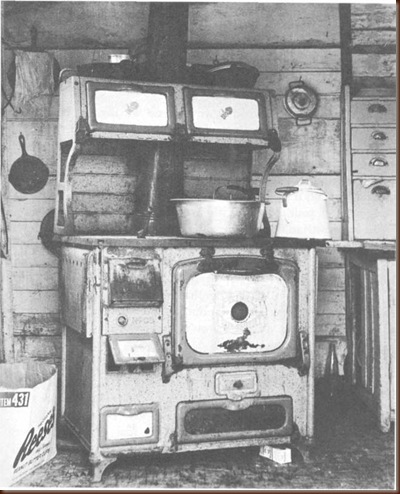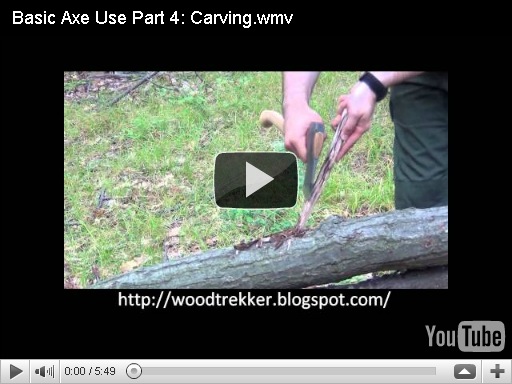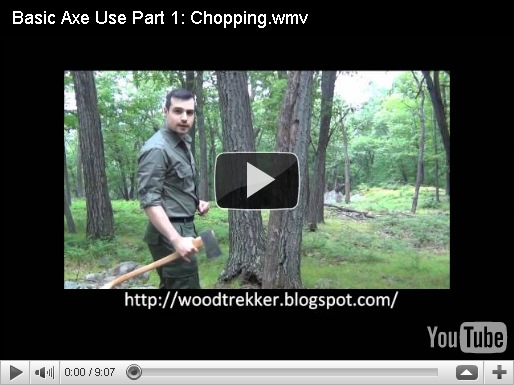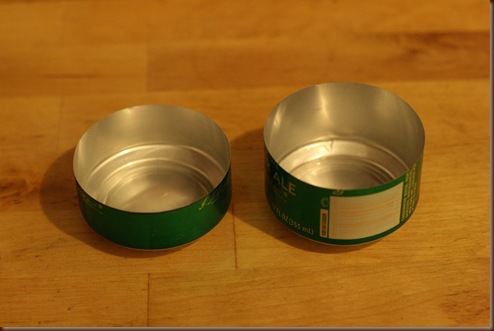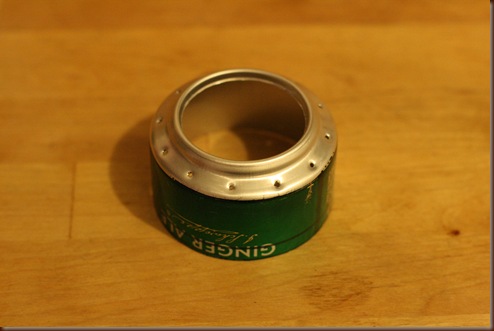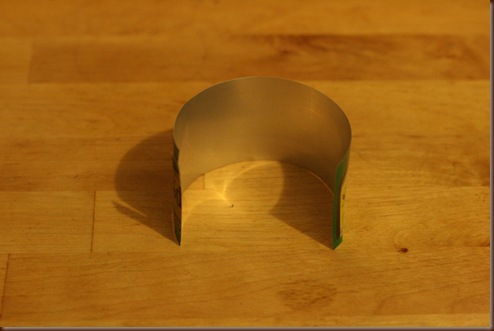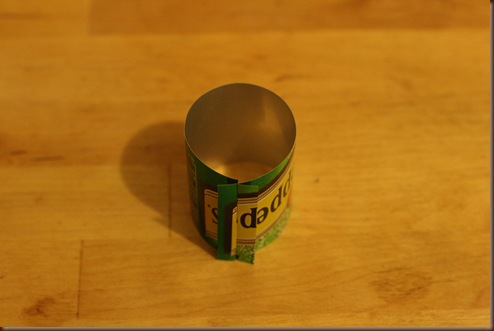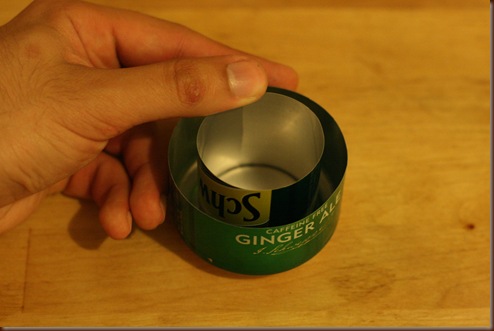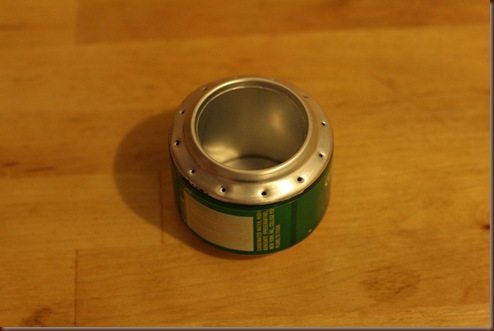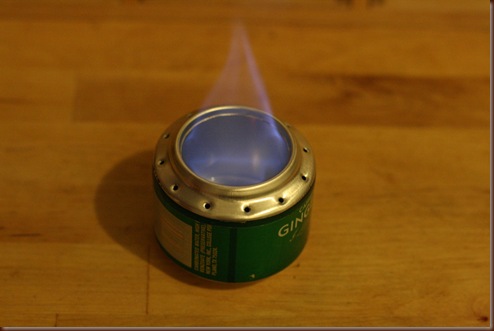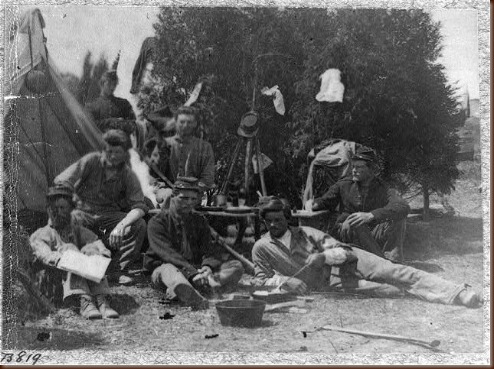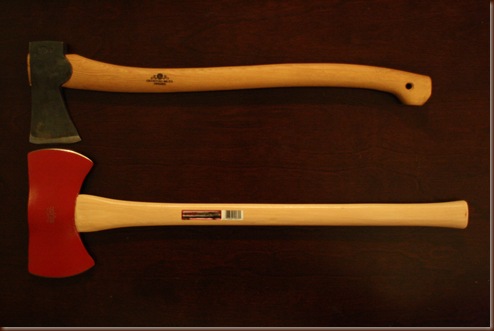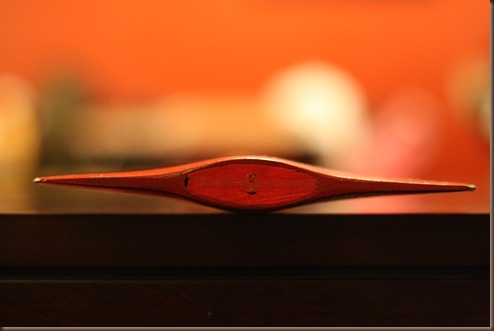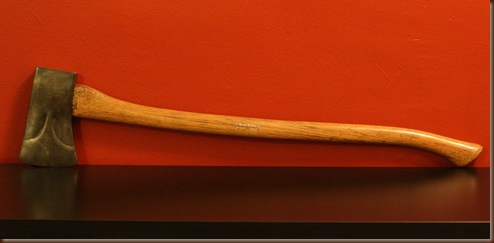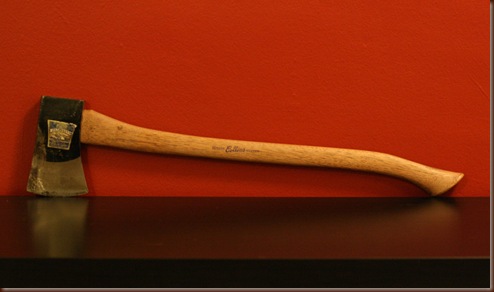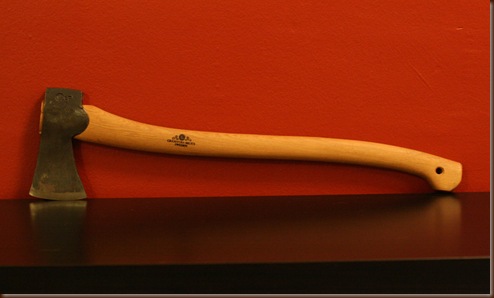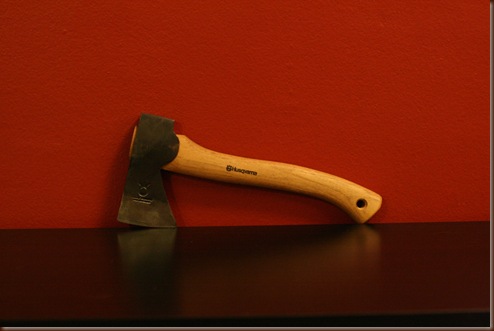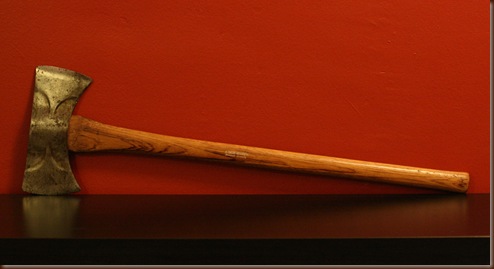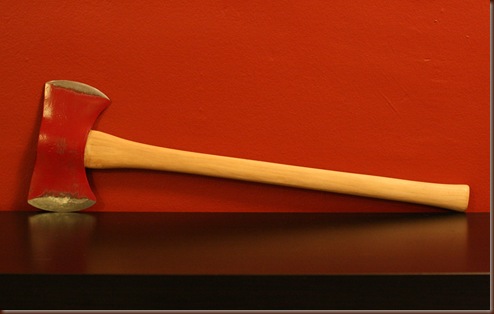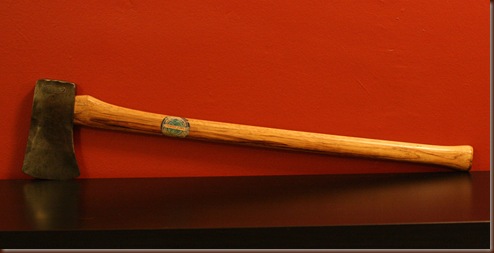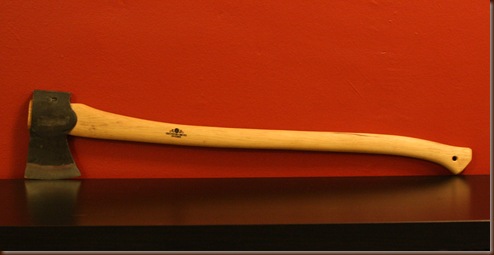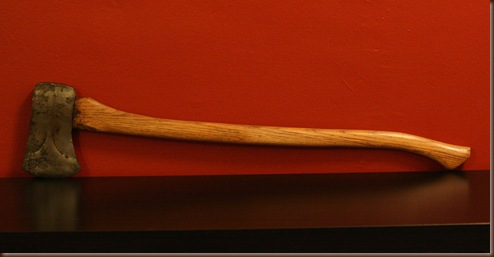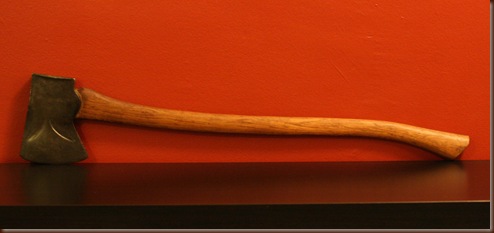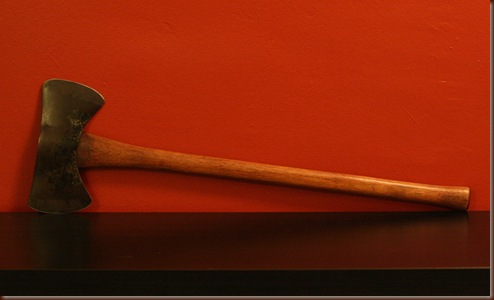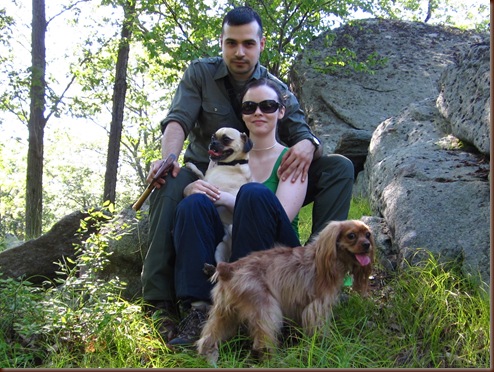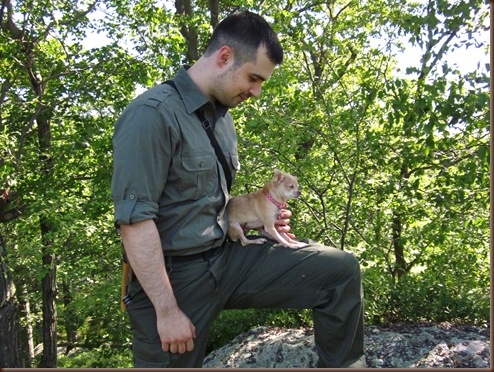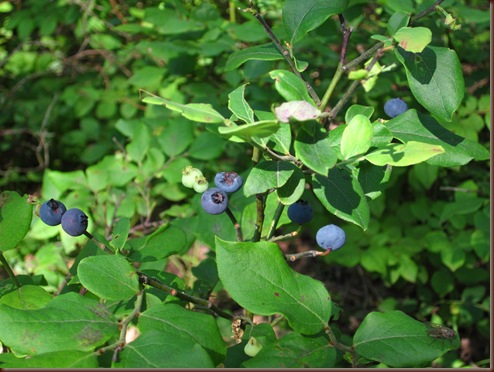As this blog's followers and readers know, I attended the Foundry Photojournalism Workshop in Buenos Aires as a faculty member, and decided I'd jot down my thoughts as to how it progressed and developed.
I attended all four Foundry workshop (Mexico City, Manali, Istanbul and now Buenos Aires), and it was by far the best in terms of organization and infrastructure. Whilst there may be a difference of opinion among faculty members as to the strength of the students projects as presented during the workshops, we all agreed that the organization, the behind-the-scenes work and the two venues (Motivarte and Arte y Arte) were terrific.
The photographers in the faculty were lauded for generously sharing their knowledge and time, but I think the unsung heroes of Buenos Aires' Foundry were its staff, administrators and the local volunteers who made it a wonderful success.
Eric Beecroft, as the visionary force behind the Foundry Workshops, deserves singular praise. He had an idea 4-5 years ago, and made it a reality despite enormous obstacles. As they say, Eric pushed water uphill, and made it to the top. With him, and deserving many kudos for the success of the Buenos Aires workshop are Mansi Midha, Kirsten Luce, Gabriel "Morty" Ortega, Tiffany Clark, Jen Storey, and Hugo Infante. They are excellent photographers in their own right, and you can see their individual biographies here.
Despite their various bouts with tenacious flu, exhaustion and long hours, the staff and local volunteers worked around the clock, and deserve enormous credit for the success of this year's Foundry. Here's to you...and a standing ovation for a well done job!
The students' presentations were shown on the last evening, and having strict time limits for each made it much easier to appreciate. The audience was delighted to have seen such powerful, compelling, creative, imaginative and in a couple of cases, tongue in cheek work.
I will only mention the faculty by saying that, as usual, all instructors exerted tremendous efforts to share their technical knowledge with their classes and beyond. There were incredibly interesting panel discussions, and I, for one, was stunned at some of the instructors' candor in describing the toll their jobs have had on their lives...and yet, they participated in this workshop just because they want to give back.
Finally, a word about Buenos Aires...the combination of the best beef, lamb and chorizos (especially at Glumy and Criollo on Serrano square) in the world, excellent wine, bewitching tango music, and the seductive milongas...as well as some of the most attractive women (and I'm told, handsome men) I've seen, also contributed to it being such an unforgettable experience.
The 2012 Foundry Photojournalism Workshop will be held in Southeast Asia....Viet Nam is on top of the shortlist. Keep your eyes and ears open for the eventual details...and be part of it. You won't regret it.



